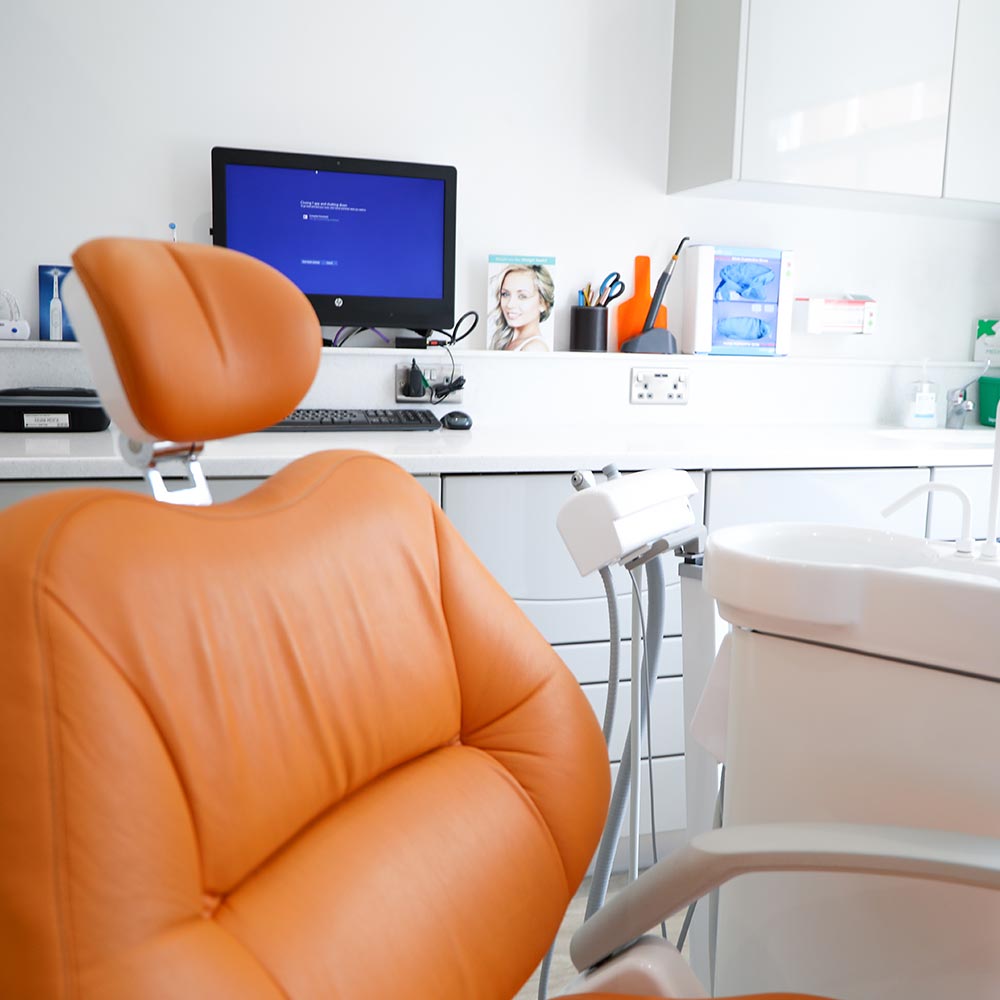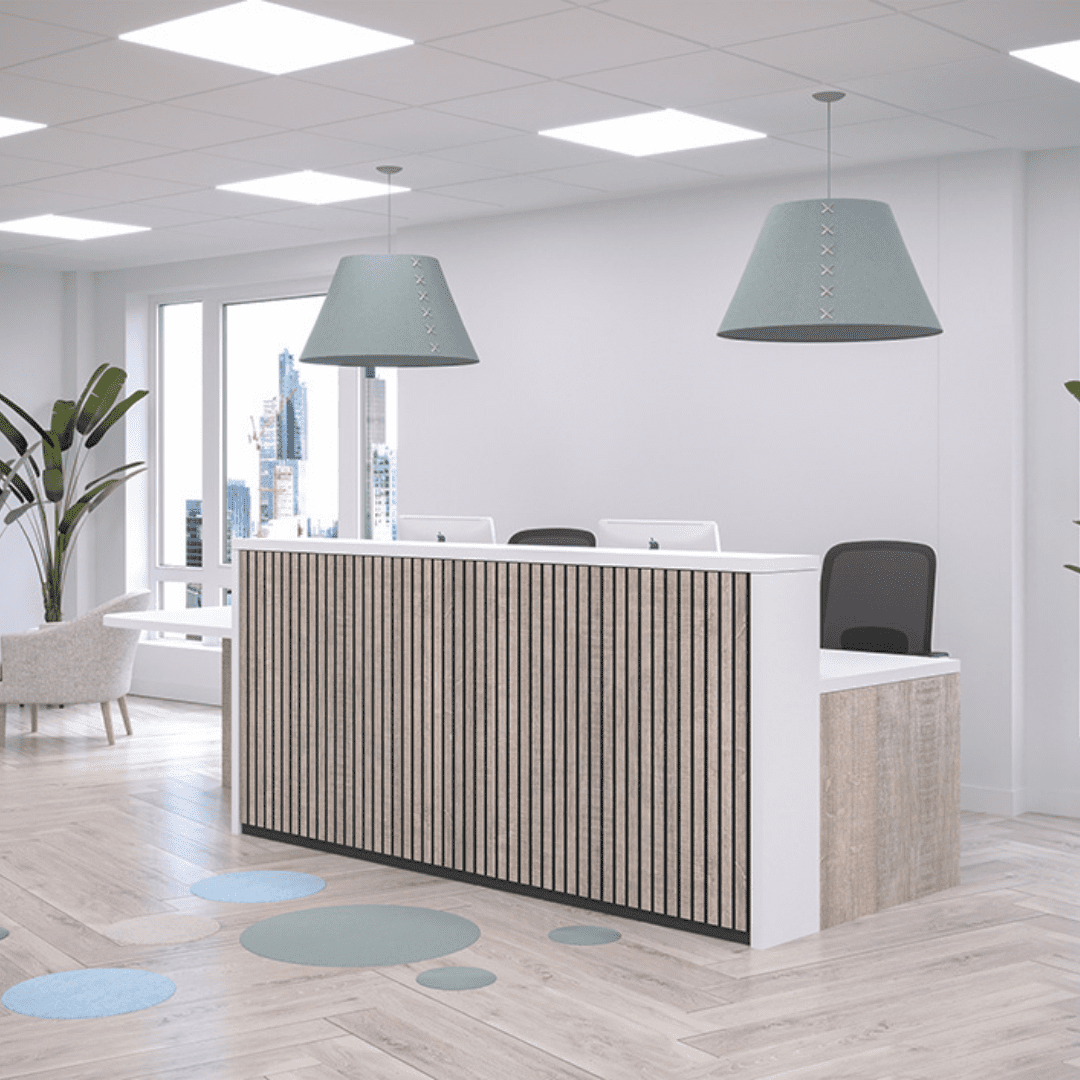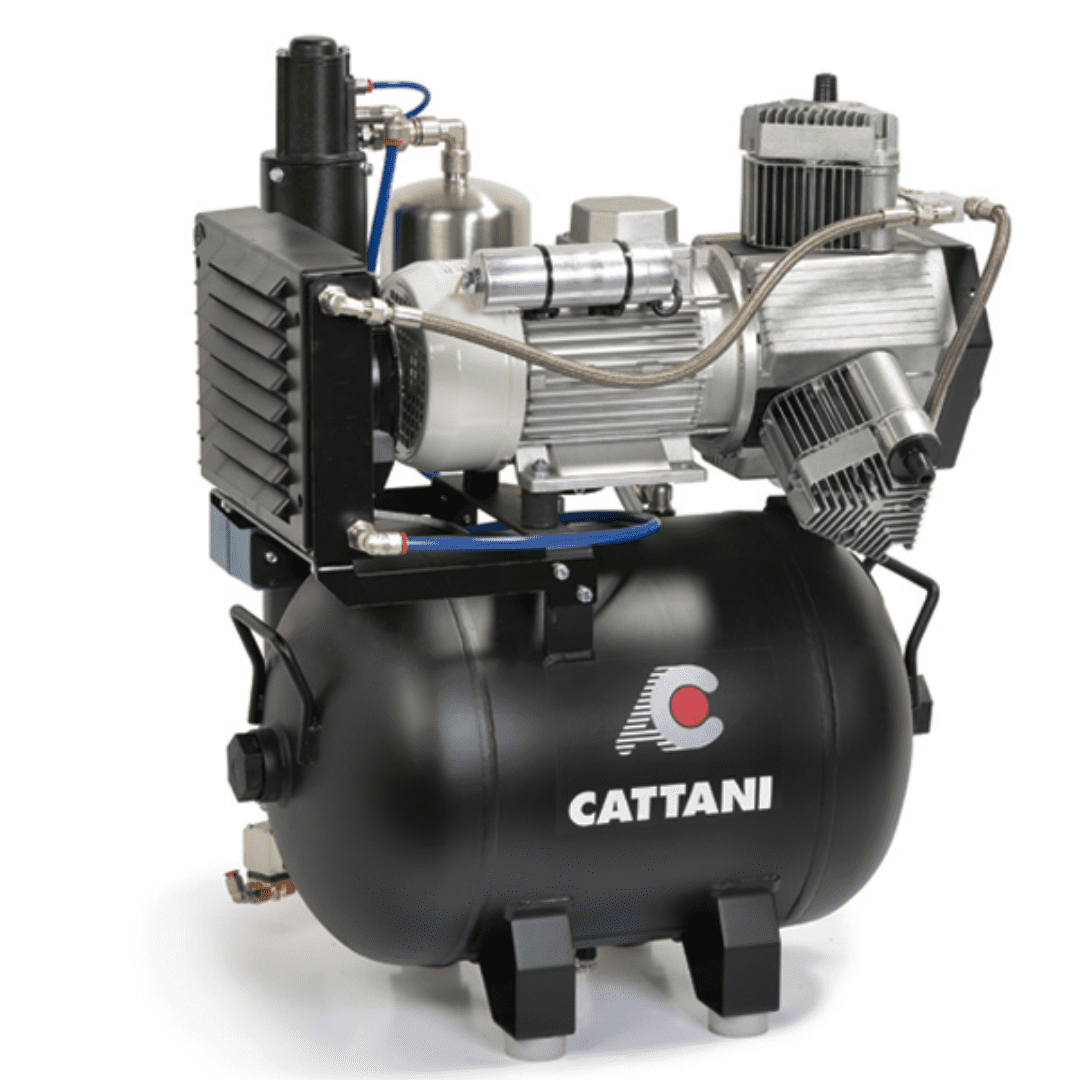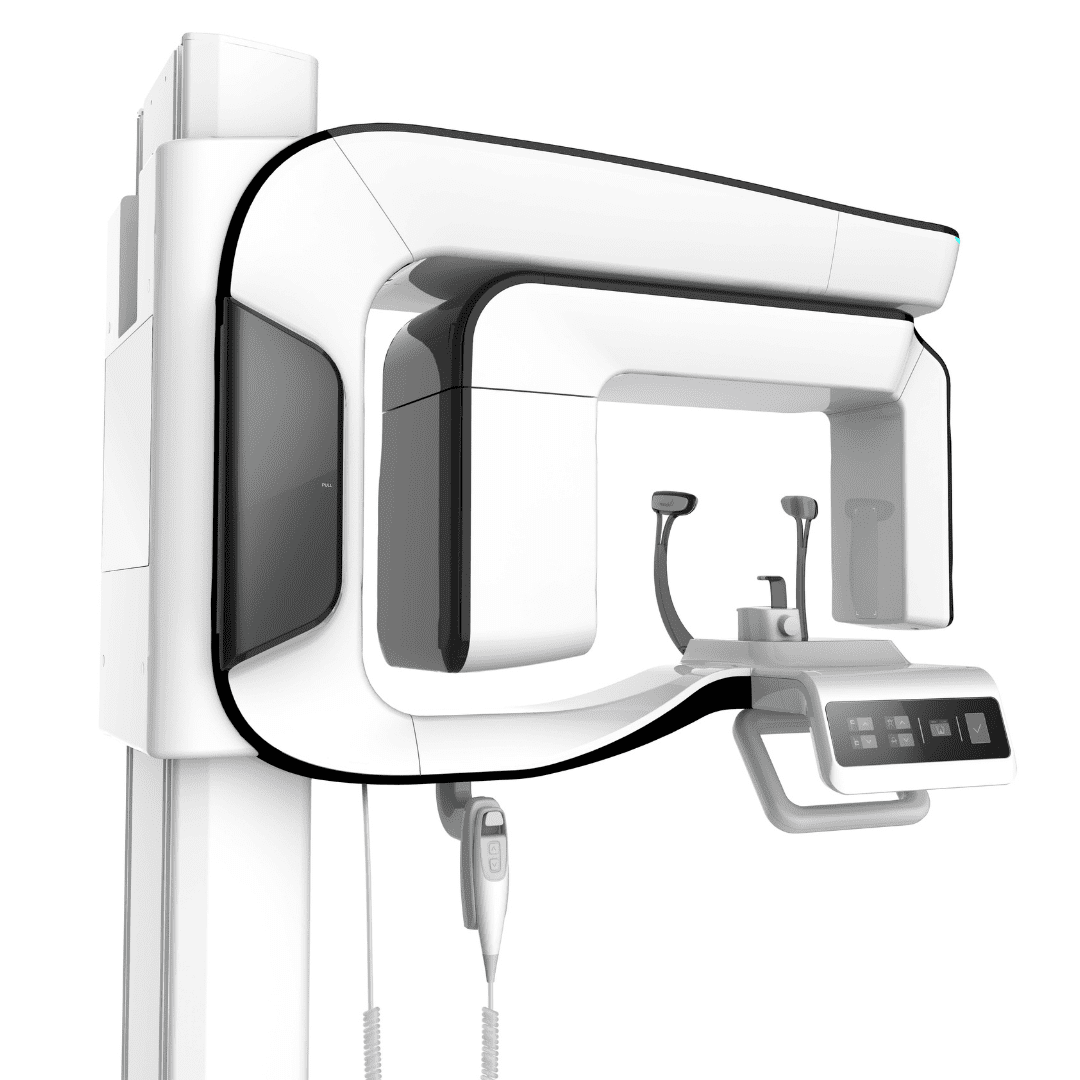Autoclave Validation: What it Involves and Why it’s Important
High-pressure steam sterilisation is the most reliable means to kill microorganisms and spores. But, regular autoclave validation is vital to ensure it works. The best way to understand these devices and how they work is to think of them as oversized pressure cookers.
How the autoclave works
At sea level, the usual boiling point of water is 100º Celsius, and while this is sufficient to kill all but a few harmless hyperthermophilic species found in hot springs and hydrothermal vents in the ocean depths, bacterial spores remain unaffected and free to germinate later and pose a danger of infection. Repeated Pasteurisation with biocides or 15 minutes of exposure to 100ºC on three consecutive days is lethal to spores but far too time-consuming and impractical for a busy dental practice.
A more practical solution is to subject the water to high pressure by boiling it in a sealed container. As the temperature rises, the steam attempts to expand but is prevented from doing so, instead becoming increasingly superheated. The recommended sterilisation criteria for the older bulky, manually-operated gas-fired units once used in laboratories and central sterilisation were at least 121ºC for 30 to 90 minutes.
As with these largely defunct models, autoclave validation is still essential, but modern units are more compact, often automated, capable of higher pressures and temperatures, and, thus, the ideal choice for a dental practice.
The importance of autoclave validation
Although the underlying concept of an autoclave is technically flawless, in practice, its performance may sometimes be insufficient to guarantee your instruments are free of fungi, viruses, bacteria and spores. While regular maintenance and timely repairs or replacement of worn or damaged parts will help extend the useful lifetime of your machine, it is still vital, from time to time, to demonstrate that it can fulfil its primary task effectively.
Furthermore, regular testing to confirm their efficacy is a legal requirement of the Care Quality Commission (CQC). If a member of staff or patient suffered an infection due to an autoclave malfunction, they would have grounds to lodge a complaint with the General Dental Council, which could result in serious harm to a practice’s reputation.
Activities involved in the overall autoclave validation process
Preventative maintenance is one of the cornerstones of the process, and part of this is ensuring an autoclave is physically undamaged, which requires periodic visual inspections (PVIs). These are routine checks intended to confirm they are in sound physical condition by exposing issues such as loose fastenings, a cracked or corroded chamber or a worn gasket. Timely replacements, where indicated, will typically suffice to ensure their integrity but may not be enough to guarantee that they will function as intended when put to the test.
Validating performance involves:
- Measuring operating pressure, temperature, steam penetration and heat distribution.
- Ensuring the required temperature is maintained throughout the cycle.
- Checking that the autoclave’s controls and safety systems function as specified.
Finally, the periodic visual inspection and validation findings must be documented in compliance with HTM 01-05.
Expert autoclave validation, maintenance and support are available from experienced dental engineers at Hague Dental Supplies branches. For peace of mind, we recommend you contact us for more details on how we can protect your patients, your staff and your practice.








